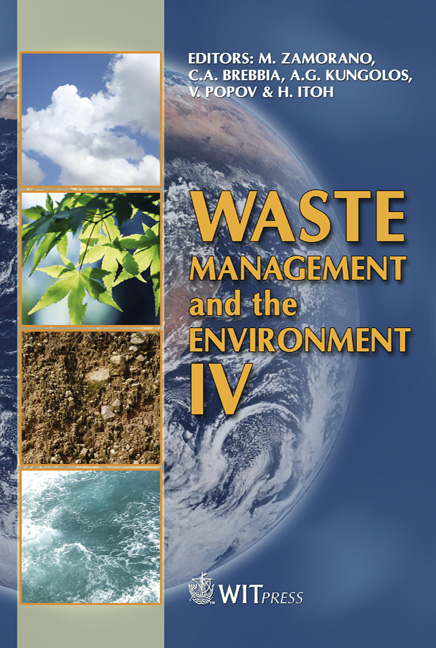Small Decentralised Thermal Power Stations For Refuse-Derived Fuel (RDF)
Price
Free (open access)
Transaction
Volume
109
Pages
5
Page Range
63 - 67
Published
2008
Size
408 kb
Paper DOI
10.2495/WM080071
Copyright
WIT Press
Author(s)
C. Bülow
Abstract
We discuss a solution to bringing down energy costs and to making a contribution to climate protection. Small decentralised thermal power stations for RDF with a thermal capacity of 35 MW have some advantages in comparison to large plants. The required amount of RDF (approx. 70,000 t/a) is mostly locally available, which reduces the transport costs considerably. The produced electrical energy (up to 8 MW) and the waste heat from the thermal power station can be used in an industrial plant. An industrial plant and a refuse company founded a joint venture and built a thermal power station for RDF in Bremen. They replaced the old coal fired power station with a RDF-plant. Increasing energy costs are replaced by revenue for RDF. The industrial plant is now using the \“cheap” energy from the RDF. The refuse company has a reliable customer and stable prices for its waste for long years: a typical win-win situation. After a 3-year operating time the experiences of the RDF thermal power station are positive without exception. The specified emissions are far below the limits. Furthermore, due to the fact that RDF contains a high proportion of biomass (approx. 45%) by changing the fuel from coal to RDF, a contribution to climate protection can be made. If the same amount of biogene content would be land filled, a large amount of methane, which is one of the more dangerous greenhouse gases, would be produced. The RDF thermal power station is built up modularly. The individual components are standardized so that the plant can be built fast and costeffectively. The specific investment costs per ton of RDF are comparable to large plants (>100 MW). Due to the handling of RDF in a closed hall, there is no smell outside the plant. The RDF is burnt at over 870° degrees Celsius to eliminate all pollutants completely. The steam is led through a back-pressure turbine and then used in the industrial plant. The modern flue gas treatment plant shows the expected consumption of additives. Since the initiation, the emission limits are constantly considerably below the requested limits of the EU-DIRECTIVE 2000/76/EC.
Keywords





